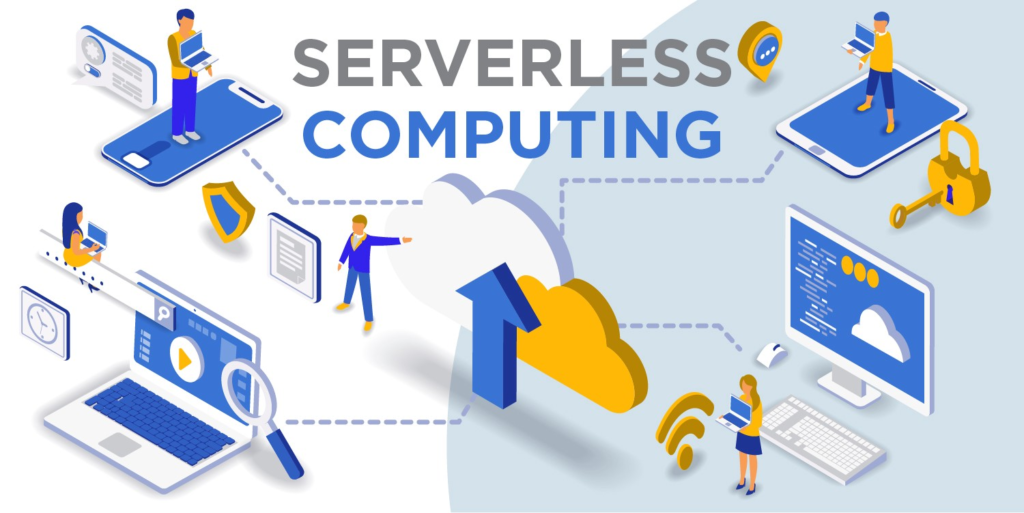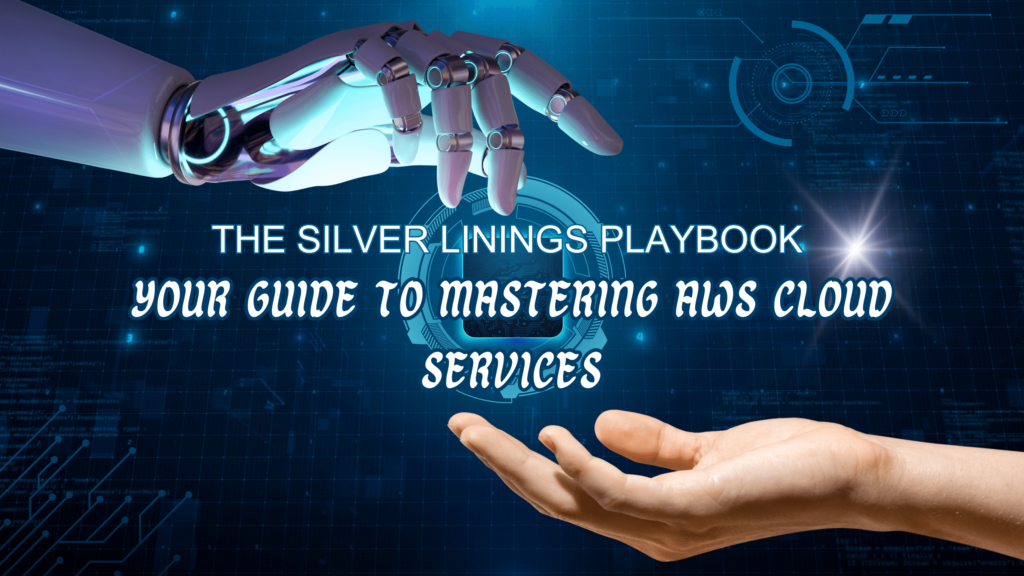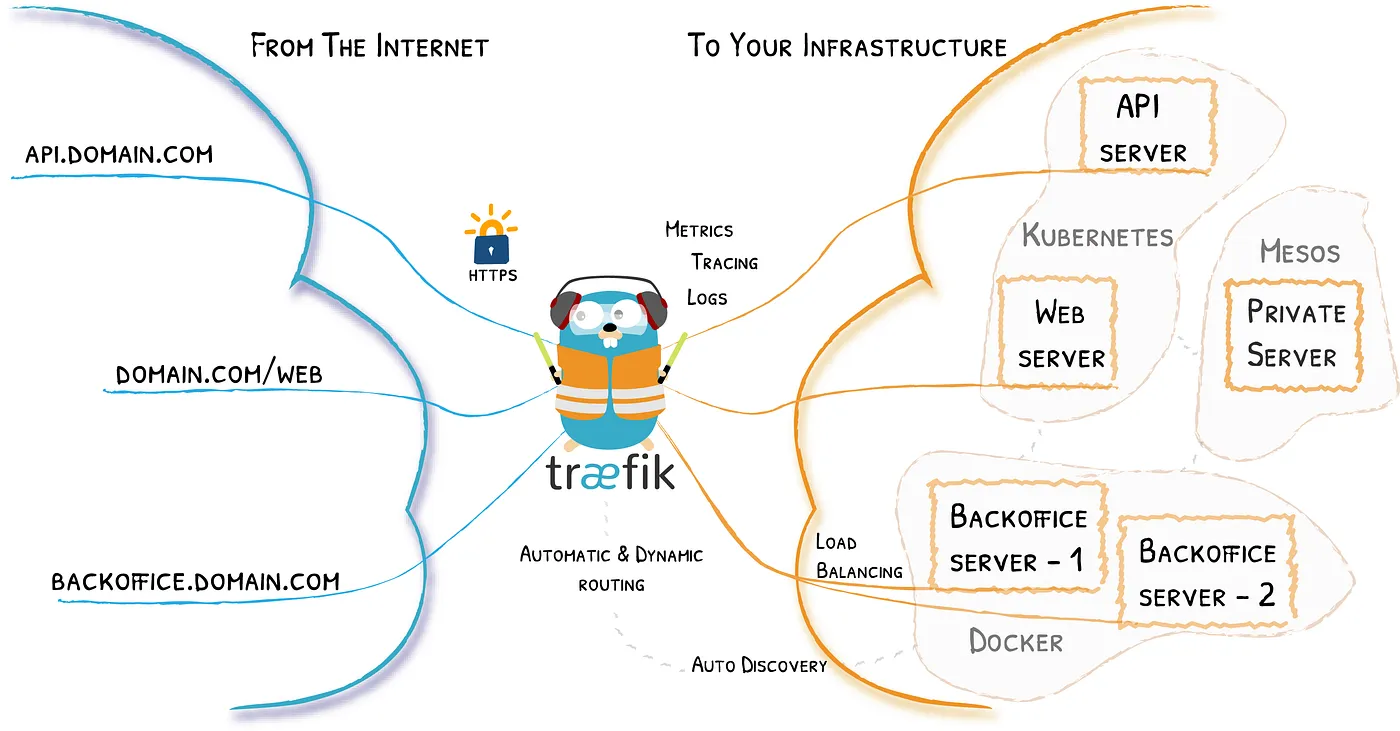The rise of cloud computing has changed how software is made, deployed, and kept up to date. The idea of serverless computing is one of the most important advances in this field. In this blog post, we’ll talk about serverless architectures, including their pros, cons, and use cases. This will help developers learn more about this innovative technology.
Introduction to Serverless Computing and Its Key Principles

Serverless computing is a way of running programs in which the cloud service handles the allocation and provisioning of servers on the fly. Developers don’t have to worry about managing servers with serverless computing. Instead, they can focus on writing and releasing application code. The cloud company is in charge of setting up, scaling, and managing servers.
The key principles of serverless computing include
- No server management: Developers don’t have to deal with the technology underneath.
- Automatic scaling: Serverless apps instantly grow or shrink based on how many users they have.
- Pay-as-you-go: Pay-as-you-go means that users only pay for the resources they use.
A Deeper Look at Serverless Architectures
Serverless architectures can be split down into three main parts: serverless functions (also called Function as a Service or FaaS), Backend as a Service (BaaS), and event-driven architectures.
- Serverless functions (FaaS): FaaS is the most important part of serverless architectures. Developers write individual functions that are driven by events or API requests. These functions have no state, don’t last long, and are totally taken care of by the cloud service provider.
- Backend as a Service (BaaS): BaaS is another important part of serverless designs. It gives developers backend services that are already built and can be easily added to their apps. Authentication, database, file storage, and messaging systems are some examples.
- Event-driven architectures: In serverless architectures, tasks are started by events, which can come from HTTP requests, changes to a database, or message queues, among other places. This makes it possible for systems to be very flexible, have loose connections, and grow.
Comparing Serverless and Traditional Architectures

In traditional designs, it’s up to the developers to manage the servers, the network, and the storage. This means setting up servers and configuring them, putting out apps, and managing updates and security patches. Most of the time, you have to do things by hand or use third-party tools to scale apps.
Serverless architectures hide the infrastructure underneath, so devs can focus on writing code and putting out apps. The cloud provider takes care of scaling automatically, and writers only pay for the computing resources they use.
Benefits of Serverless Computing
Some benefits of working without a server are:
- Cost-effectiveness: With a pay-as-you-go model, users only pay for the resources they use, which lowers total costs.
- Scalability: Serverless apps grow or shrink automatically based on demand, so they can handle more traffic without having to be changed by hand.
- Reduced operational complexity: Serverless architectures let cloud providers handle server management and upkeep, so devs can focus on the logic of the app.
Limitations and Challenges of Serverless Computing
Even though serverless computing has its benefits, it also has some downsides and problems:
- Cold starts: When a serverless function is called for the first time after a long period of inactivity, it may take longer to respond because of the time it takes to set up. This is called a “cold start.”
- Vendor lock-in: Serverless solutions often depend on specific cloud providers, which makes it harder to switch providers or move to a different design.
- Debugging difficulties: Debugging serverless apps can be harder because the system is spread out, and there isn’t as much access to the infrastructure underneath.
Popular Serverless Platforms and Services
There are a number of popular serverless systems and services, such as:



- AWS Lambda: AWS Lambda is a serverless computing service from Amazon Web Services that lets developers run code without setting up or handling servers.
- Google Cloud Functions: Google Cloud Functions is an environment for making and deploying event-driven apps that don’t require a server. It is part of the Google Cloud Platform.
- Azure Functions: Azure Functions is a service from Microsoft that lets users build and run event-driven apps on Azure without using a server.
Real-World Use Cases and Best Practices for Implementing Serverless Solutions
Serverless designs can be used in many different types of businesses and applications, such as:
- Real-time data processing: Serverless functions can process and analyze streams of data in real-time, which makes them good for IoT and analytics apps.
- Microservices and API development: Serverless architectures make it easier for developers to build and launch microservices and APIs.
- Event-driven applications: Serverless functions can be started by different events, which makes them perfect for building event-driven architectures.
Some of the best ways to set up serverless systems are
- Minimize function execution time: To cut costs and boost performance, optimize function execution time by making your code less complicated and using efficient methods.
- Use caching: Implement caching strategies to store frequently used data and reduce the number of requests to external services or databases. This can improve speed and reduce latency.
- Manage application state: Make your serverless functions stateless by storing the application state in external services like databases or caches. This will make it easier to scale up and handle and will also make your serverless functions more useful.
- Monitor and log: Install tracking and logging tools to learn more about how your serverless apps are running and quickly find and fix problems.
Security Considerations for Serverless Architectures
Even though serverless architectures can make some parts of app development easier, it’s important to make sure your serverless apps are safe. Some important security concerns are:
- Implement proper authentication and authorization: Use strong authentication methods, like OAuth or OpenID Connect, to make sure that your serverless features can only be accessed by people who are allowed to. Also, use fine-grained access control policies to limit user rights and stop people from getting in without permission.
- Secure your data: Secure storage services like AWS Secrets Manager and Azure Key Vault can be used to store private data like API keys and passwords. Also, encrypt data both while it is being sent and while it is being stored to keep it safe from unauthorized access.
- Regularly monitor and audit your serverless applications: Use logging and monitoring tools to find possible security threats and deal with them. Review the logs and settings of your serverless tasks often to make sure they meet security best practices.
Design Patterns and Architectures for Serverless Applications
Some common design patterns and architectures can help when designing and building serverless apps. These can help you figure out how to structure your program for the best performance, scalability, and ease of use:
- Event-driven architectures: Events often start serverless tasks, so event-driven architectures make sense. This method makes it possible for systems to be very fast, have few connections, and grow.
- Microservices architectures: Serverless functions can be put together into microservices so that each function can focus on a specific job or service. This can make it easier to manage, scale, and fix problems.
- Function composition: When making complicated apps, it’s important to break jobs down into smaller, reusable parts. By putting together multiple serverless functions that do the same thing, developers can make apps that are more complex.
Conclusion
Serverless architectures have a lot of advantages, such as lower costs, the ability to grow, and less management complexity. But they also have their own problems and restrictions, such as cold starts, provider lock-in, and trouble debugging. Developers can decide whether or not to use serverless computing for their projects by understanding its key principles, benefits, and limits.





